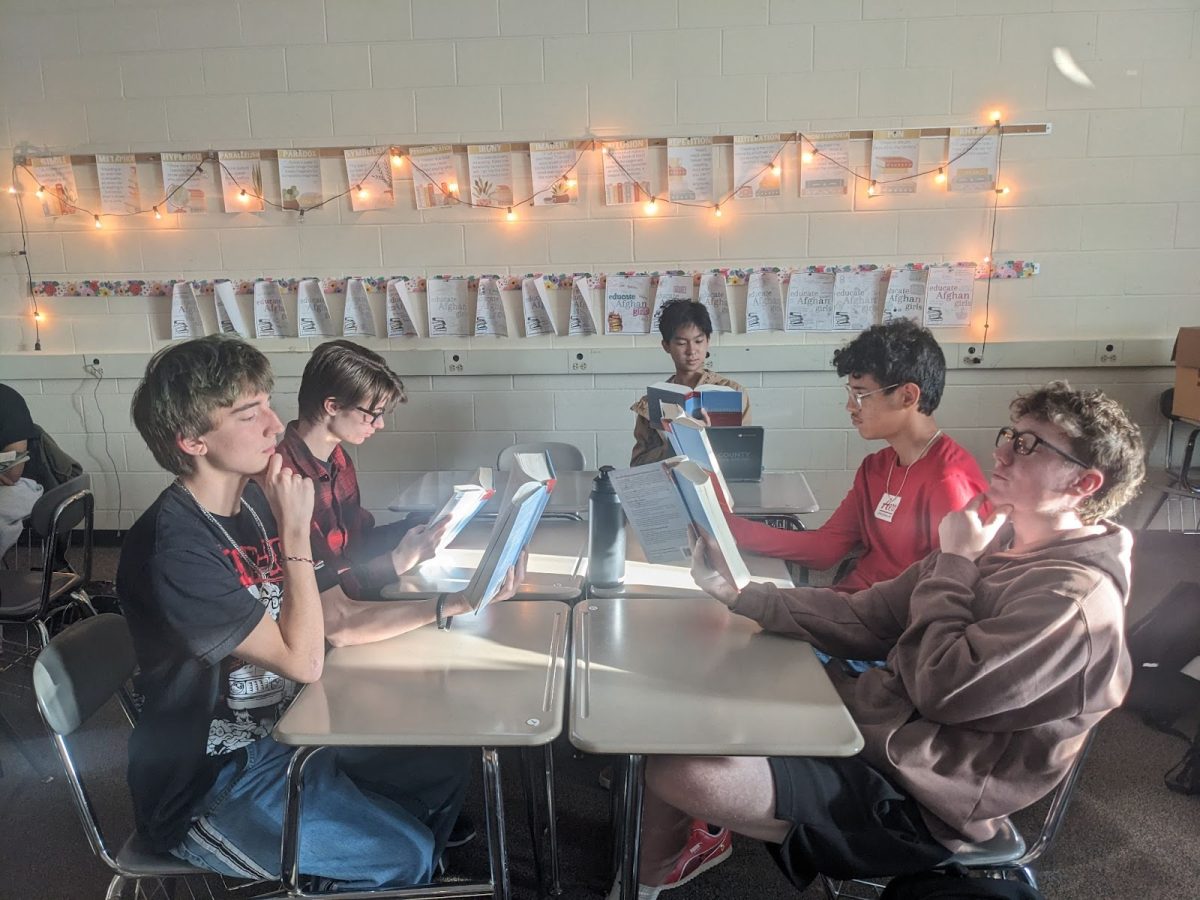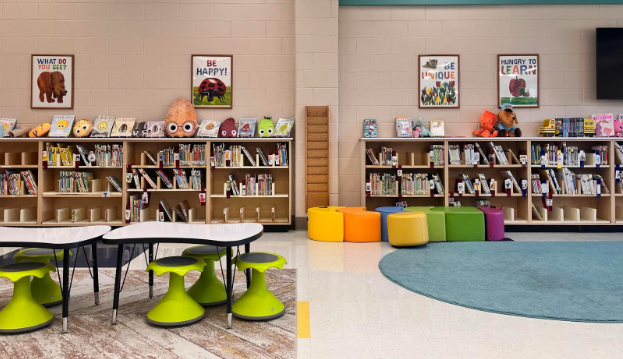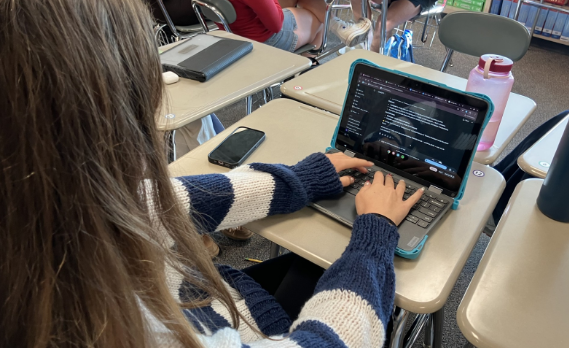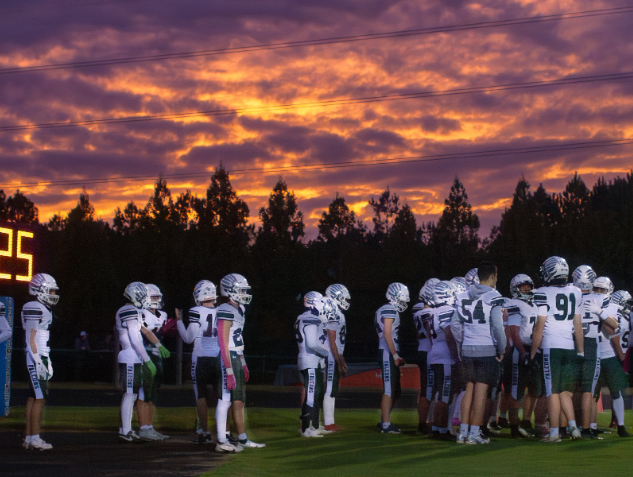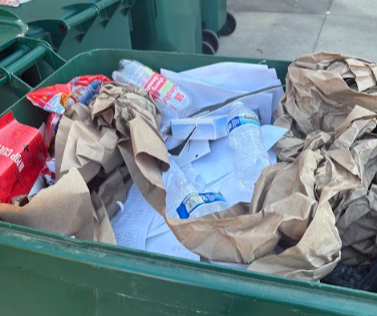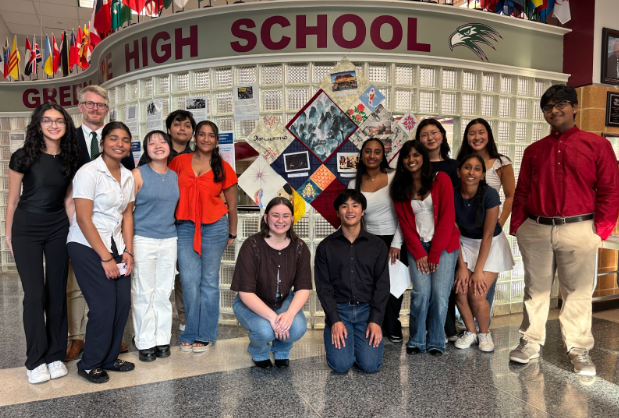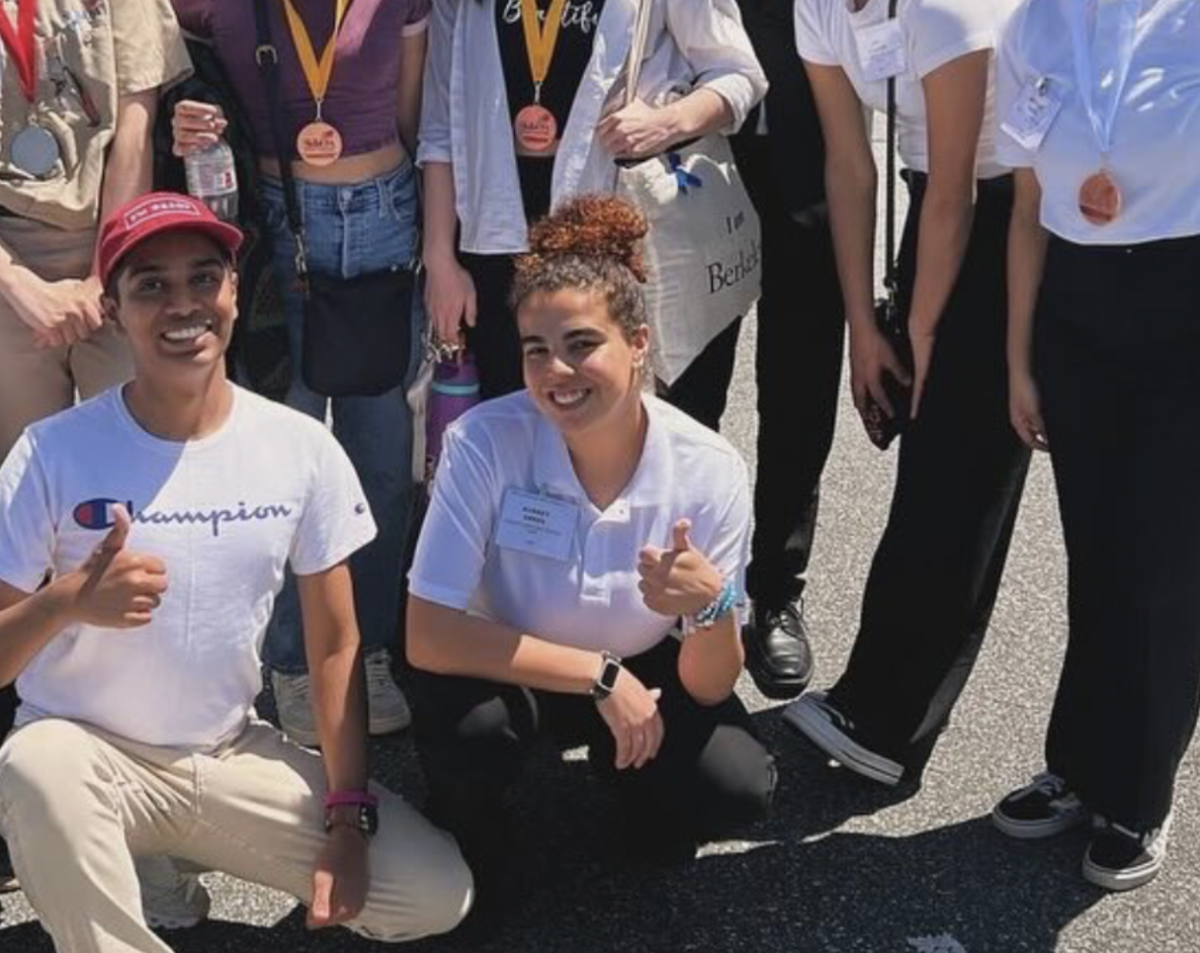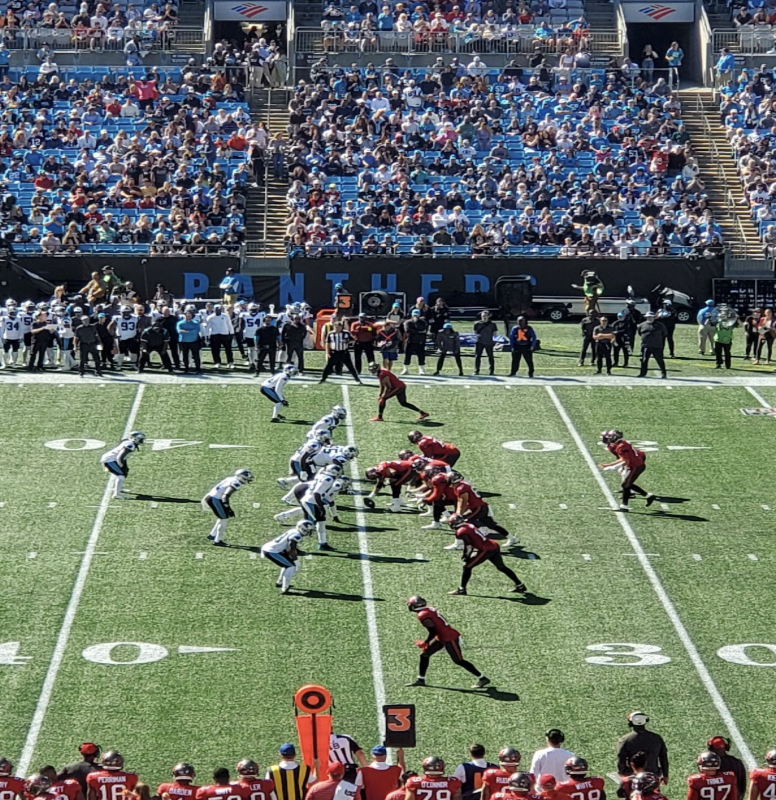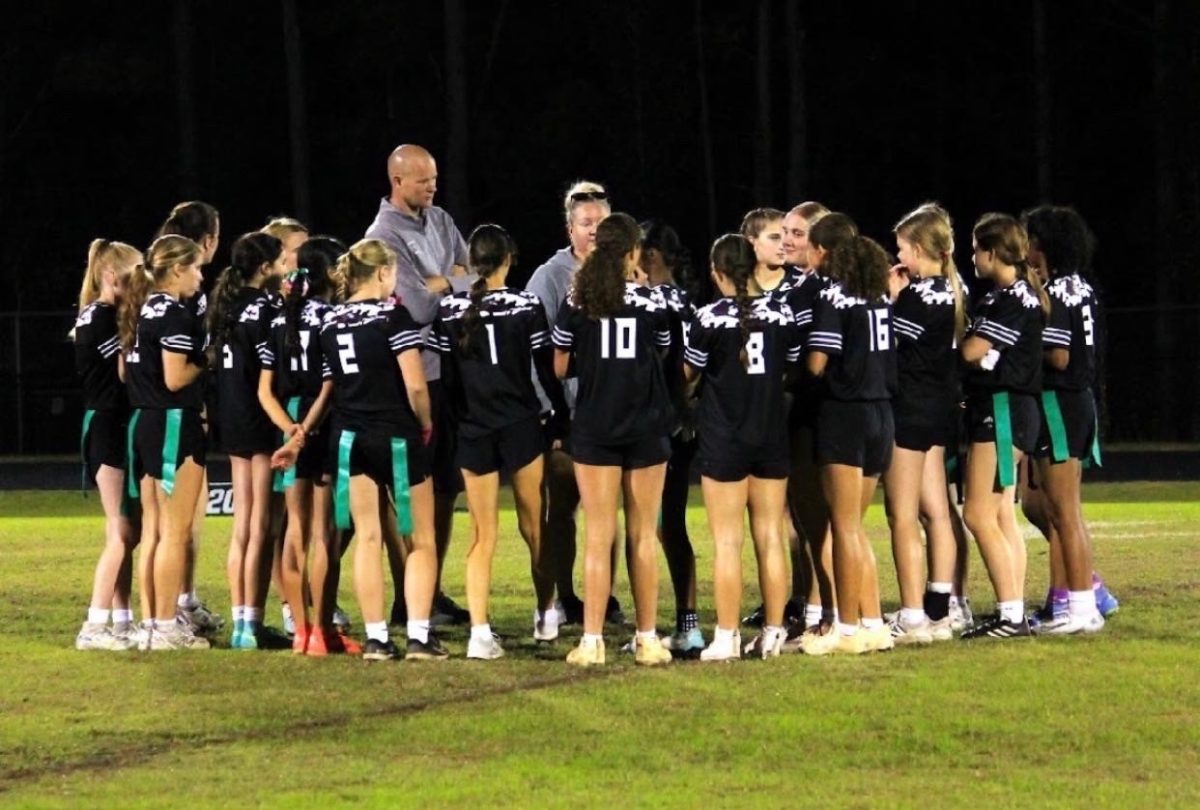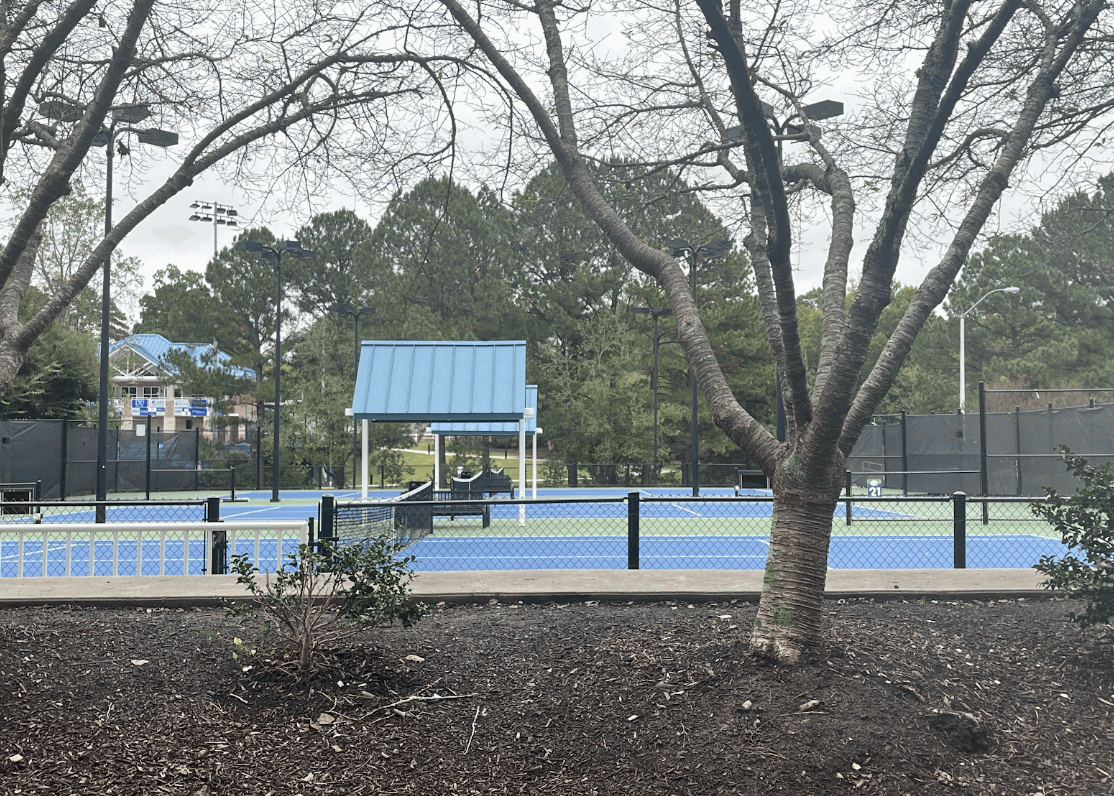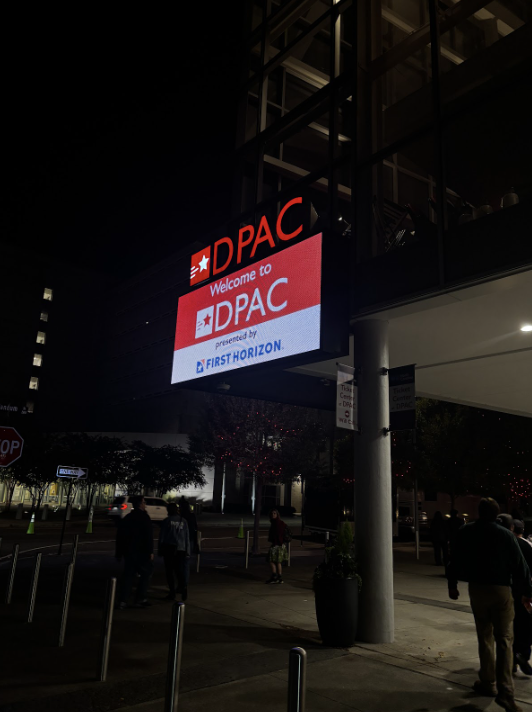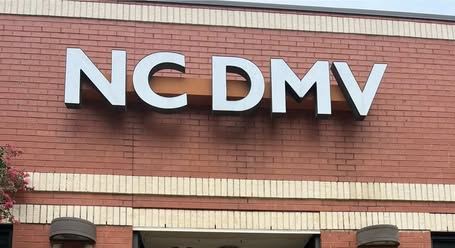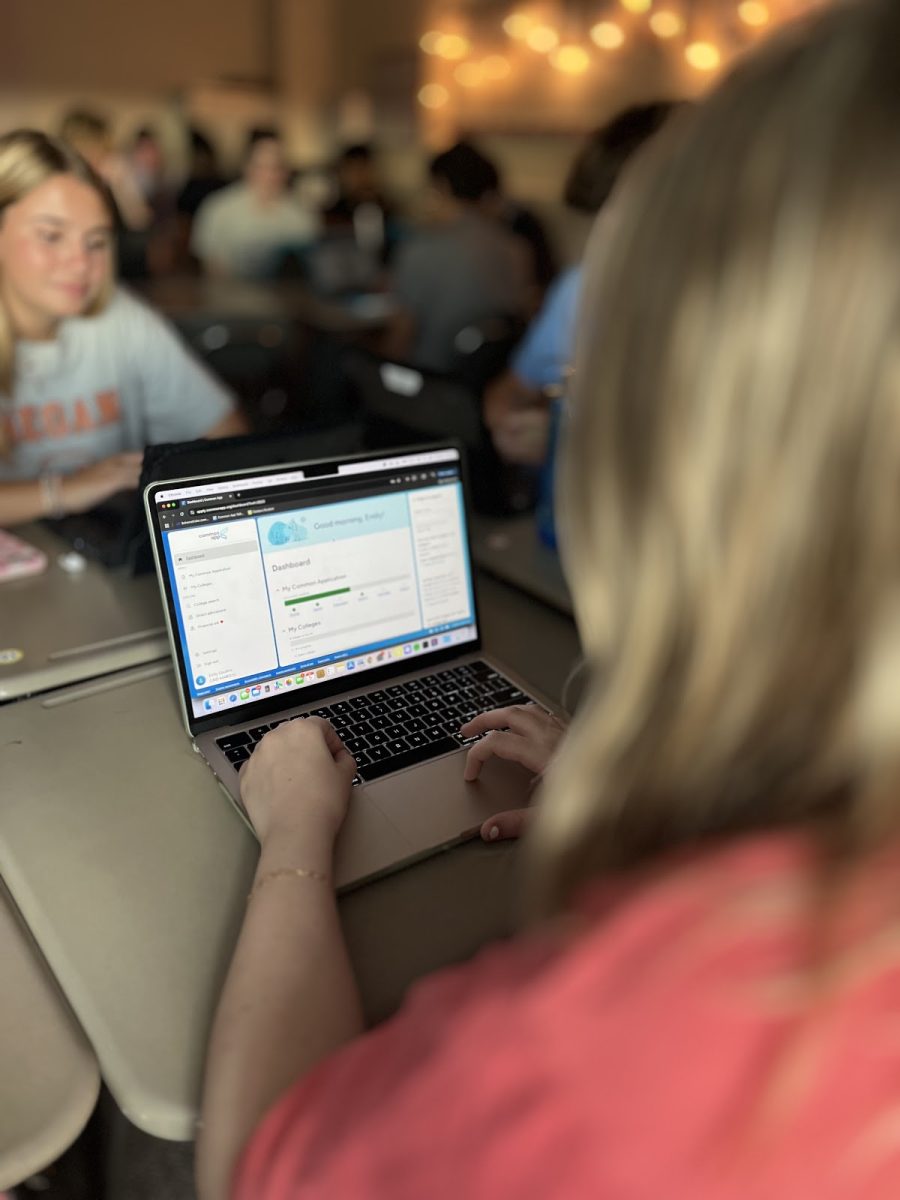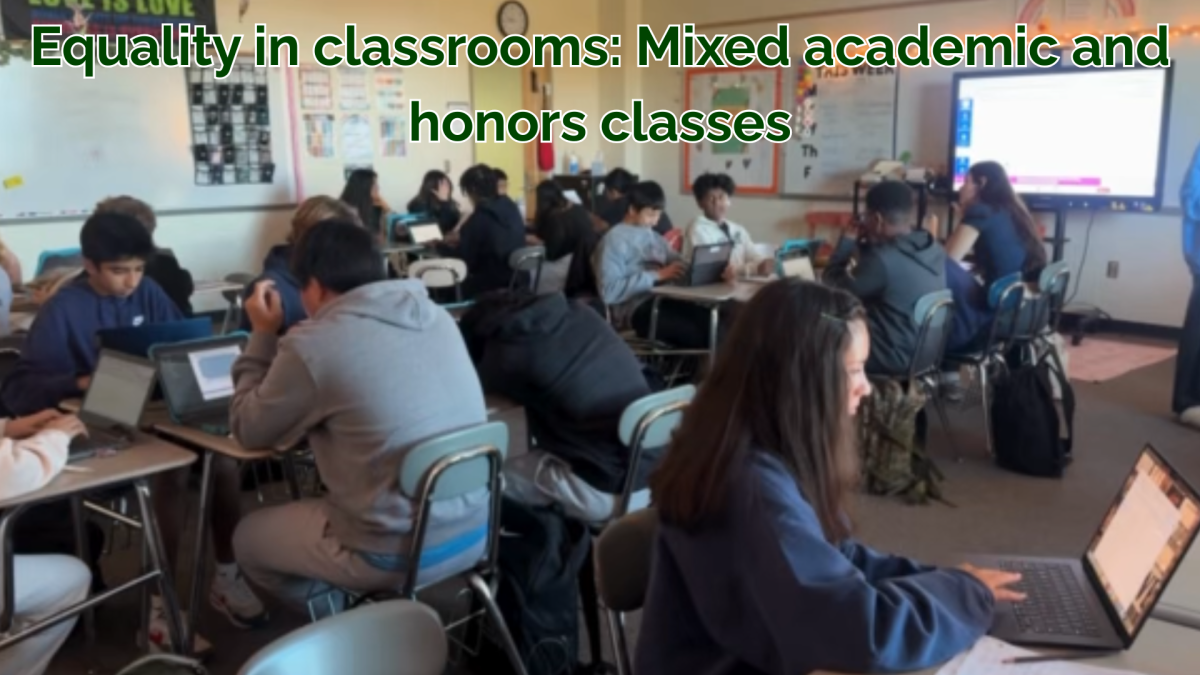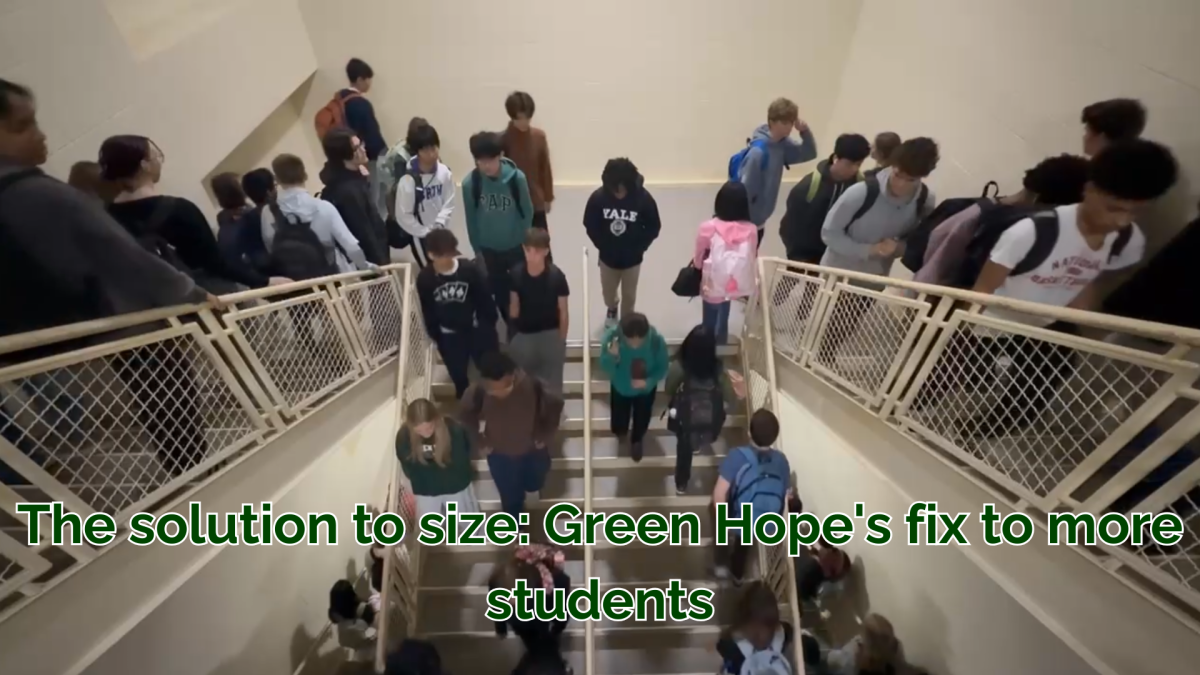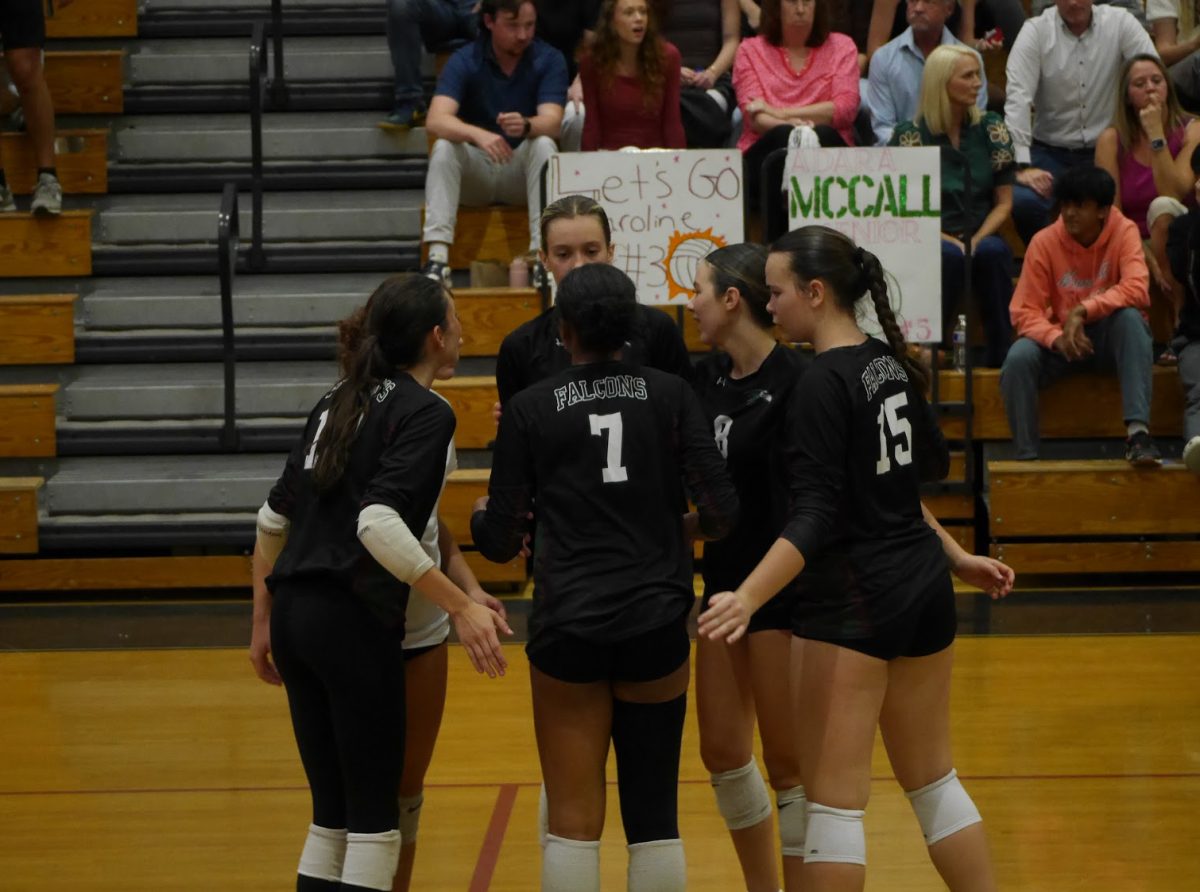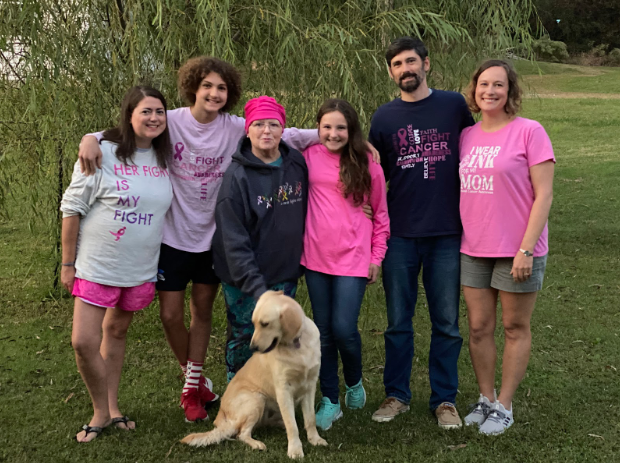Every day, hundreds of Green Hope High School students line up in the cafeteria hoping for a meal that’s both satisfying and nutritious. A lot of times, however, the “meals” that are served fall short of what students hope for. Limited choices, along with dietary restrictions and cultural matters, raise one big question: are school lunches truly accommodating for all students?
Aadi Raut, a vegetarian junior at Green Hope High School, stated that the menu basically goes against his diet and is a daily challenge. He says that although a few meat-free options pop up now and then, they usually lack nutrition and are not very reliable or filling. “Some days they’ll have pizza, which is fine,” Raut said. “But other days, most of the main options have meat. I usually just grab what I can, but it doesn’t always feel super accommodating.”
Across the country, students with different dietary needs–from vegetarian and vegan to halal or allergy-friendly–often find themselves limited to side dishes or snacks. The U.S. Department of Agriculture oversees the National School Lunch Program, which provides nutritionally balanced, low-cost or free lunches daily. The program operates in nearly 100,000 public and private nonprofit schools. Under the Healthy, Hunger-Free Kids Act of 2010, schools must serve more fruits, vegetables and whole grains, but vegetarian or vegan options are left to local districts.
Even when vegetarian options exist, Raut says they tend to repeat. “If you don’t eat meat, you end up seeing the same things over and over – like cheese pizza or mac and cheese,” he said. “It gets repetitive really fast.”
That lack of variety affects more than satisfaction. It influences focus and energy throughout the school day. Raut described how when he doesn’t eat much at lunch, he “feels kind of out of it during 3rd and 4th period.” But when he has something decent, “[He’s] way more focused.”
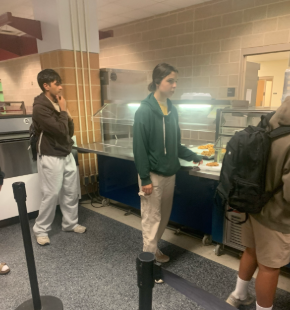
Research supports this link between nutrition and performance. A study published by the National Library of Medicine found that students who regularly eat school meals consume more fruits, vegetables and whole grains. This benefit depends heavily on whether the meals appeal to students– if they skip them, the nutritional advantages are lost.
Some districts are leading by example. In Meriden, Connecticut, high schools recently added vegan wraps, bean-based rice bowls and plant-based protein options after hearing student feedback. The changes were intended to ensure that every student has something they can eat without having to settle for side dishes.
Raut hopes Green Hope will adopt similar changes. “I’d add more real vegetarian meals– like something with beans, tofu, or even plant-based meat,” he said. “It doesn’t have to be complicated, just something different once in a while.”
While Green Hope’s cafeteria consistently provides fruits, vegetables and at least one meat-free option, there’s still room to grow. Expanding menu diversity could help students with specific dietary needs feel seen, and more importantly, nourished.
School lunches are more than just food. They’re part of the learning environment. When students have access to meals that fit their health, cultural and ethical needs, they perform better and feel more supported.
So, are school lunches accommodating? In many cases, not yet. But with student voices like Raut’s pushing for a change, that answer might be different soon.











